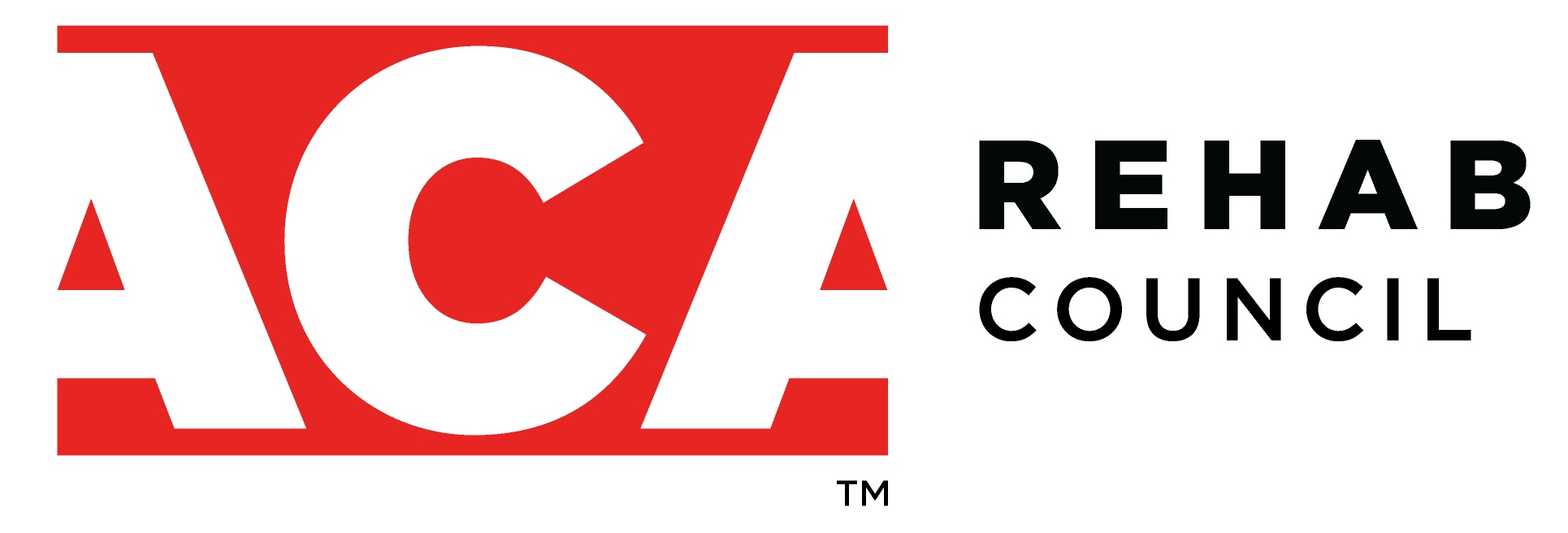Isometric Contractions for Tendinopathy
The clinical management of tendinopathy currently consists of load management and progressive loading.
The progressive loading program generally follows a three step progression: isometrics, isotonics, and plyometrics. Recently there has been an emphasis on using isometrics for tendinopathy for their analgesic effect.
Work by Ebonie Rio on patellar tendinopathy found that heavy isometric contractions resulted in a pain relieving effect for 45 minutes following exercise.[1] This lead to the incorporation of heavy isometric contractions for other tendinopathies for pain relief. The standard recommendation for tendinopathy rehab became 30 to 45 second heavy isometric contractions repeated for 3 to 5 repetitions.
However, research by Seth O’Neill which replicated the heavy isometric protocol used by Rio on the patellar tendon for the Achilles tendon.[2] The heavy isometric exercises did not produce the same pain relief on the Achilles tendon. While some of the individuals had some relief with isometric contractions, other individuals either had no change or an increase in pain after isometrics. The authors concluded that isometric contractions had no meaningful reduction in pain for the Achilles tendon.
An editorial published in BJSM also looked at the research behind isometric contractions for pain relief in tendinopathy.[3] The editorial by Karin Silbernagel found that the evidence supporting isometric contractions for pain relief was not very strong and that there was little evidence that isometric contractions were better for tendinopathy than other muscle contractions such as eccentric contractions.
So should isometric contractions be used in the rehabilitation of tendinopathy?
Isometric contractions provide an early starting place for loading, especially for a sensitive tendon. Whether the patient is fearful of loading the tendon or prone to flare ups, isometric exercises can start the loading progression and empower the patient to continue improving the tissue tolerance of the tendon. If the isometric contraction also provides analgesia, this would be an additional benefit to starting to place load on the tendon.
With that being said, isometrics are not always necessary in the loading progression of a tendinopathy. While eccentric exercises have been considered to be the standard tendinopathy rehabilitation, it does not appear that isolating eccentric contractions is superior to concentric-eccentric contractions.[4] If the tendon can tolerate isotonic loads, then the loading progression can start at concentric-eccentric muscle contractions.
In conclusion, the choice on loading progression for a patient with tendinopathy will depend on their individual tolerance to load. For some isometric exercises are an appropriate place to start loading on the tendon and may produce analgesic effects. For others with a higher tissue tolerance, concentric-eccentric loading may be an appropriate starting place.
References:
Rio E, Kidgell D, Purdam C, et al. Isometric exercise induces analgesia and reduces inhibition in patellar tendinopathy. Br J Sports Med 2015;49:1277-83.
O’Neill S, Radia J, Bird K, et al. Acute sensory and motor response to 45-S heavy isometric holds for the planar flexors in patients with Achilles tendinopathy. Knee Surg Sports Traumatol Arthrosc 2018.
Silbernagel K, Vicenzino B, Rathleff M, et al. Isometric exercise for acute pain relief: is it relevant in tendinopathy management? Br J Sports Med 2019.
Malliaras P, Barton C, Reeves N, et al. Achilles and patellar tendinopathy loading programmes: a systematic review comparing clinical outcomes and identifying potential mechanisms for effectiveness. Sports Med 2013:43(4):267-86.
Michael Braccio, DC, DACRB
Dr. Michael Braccio is a graduate of Palmer Chiropractic College West. After graduating, he went on to earn a diplomate in chiropractic rehabilitation. Additionally, he is certified in FMS, SFMA, and RockTape. He is now in private practice at Velocity Sports Rehab in Seattle, WA. Dr. Braccio also serves as a council representative for the ACA Rehab Council.

